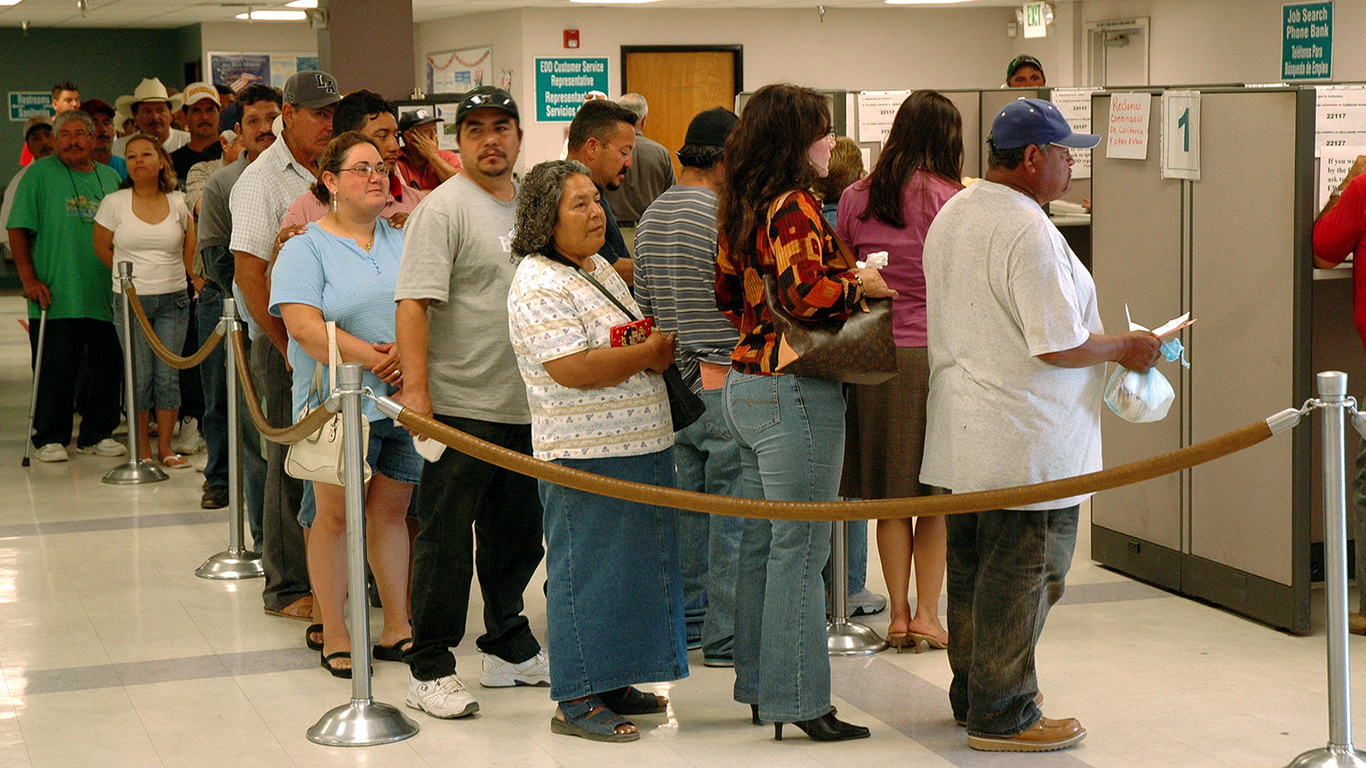Jobs
The Real Unemployment Rate Is Nearly Double What You Think

Published:
Last Updated:

The unemployment rate for February was released by the U.S. Bureau of Labor Statistics (BLS). Economists worried that the country added only 20,000 jobs for the most recent period, well below the rate of about 200,000 a month over the past two years. However, the jobless rate fell to 3.8%, the lowest level in almost 50 years. The numbers, however, do not really reflect how many Americans don’t have jobs. The government makes that clear in other data it releases.
The number of people actually without jobs is better measured by another official number from the BLS. This figure includes the unemployed plus people who have temporary jobs but continue to look for full-time work, and it adds people marginally attached to the workforce. The category of people who currently have temporary jobs but would like full-time ones is described by the American Enterprise Institute this way: “Refers to those who worked 1 to 34 hours for an economic reason such as slack work or unfavorable business conditions, inability to find full-time work, or seasonal declines in demand.” The last group is people discouraged enough that they have stopped looking for jobs. Unemployment measured on this basis was 7.3% last month.
Another factor in any overall view of the jobs figures is a look at the jobs with the best and worst job security. The unemployment rate for some job categories is higher than 7%. A look at the 25 highest paying jobs shows how wide the gulf between low-skilled jobs and positions that include doctors and lawyers is.
Pew recently pointed out the weaknesses of the official reading: “As many observers have pointed out, the official unemployment definition leaves out some significant groups. The underemployed – part-time workers who would prefer to work full-time – are counted among the employed. And discouraged workers – people who’d like a job but have stopped looking because they don’t believe any work is available – aren’t counted as part of the labor force at all.”
A major criticism of the BLS decision to make the 3.8% the most visible number is that it does not reflect the economic reality of the country. This lower rate leaves out millions of Americans who earn very little, if anything, per month. That, in turn, masks the potential impact of the economic drains of jobs on the government and private agencies. It also makes it less clear how large the drag of jobless workers has on gross domestic product. Consumer spending is about two-thirds of total gross domestic product in America.
Another reason the 3.8% number is a problem is that it may lead Americans to think that the country is better off economically than it really is. Undoubtedly, the decade-long recovery from the Great Recession is one of the most impressive expansions in U.S. history. It has not, however, “lifted all boats,” as the old saying goes.
Retirement planning doesn’t have to feel overwhelming. The key is finding expert guidance—and SmartAsset’s simple quiz makes it easier than ever for you to connect with a vetted financial advisor.
Here’s how it works:
Why wait? Start building the retirement you’ve always dreamed of. Click here to get started today!
Thank you for reading! Have some feedback for us?
Contact the 24/7 Wall St. editorial team.